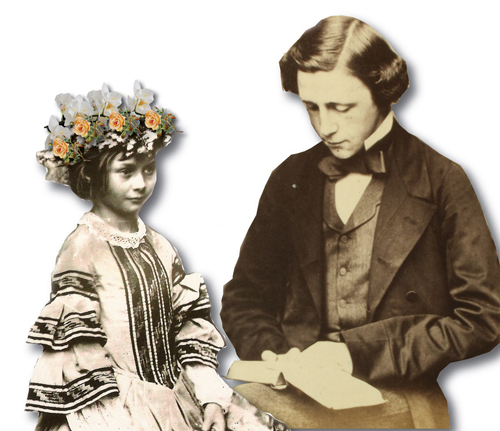
Johnny Depp and Mia Wasikowska are scheduled to reprise their roles as the Mad Hatter and Alice, respectivamente, in Disney’s Alice no País das Maravilhas 2 on May 27th, 2016. Infelizmente, the sequel to the original blockbuster (the sixth movie to earn more than $1 bilhões no mundo) will, in the words of the White Rabbit, estar “late”. It will be late to join in the global, eventos nacionais e locais orquestrados pela Lewis Carroll Society of North America (LCSNA) na queda de 2015 to celebrate the 150th anniversary of the publication of Carroll’s beloved As aventuras de Alice no País das Maravilhas.
The new opera fantasy in two acts, Alice – Adventures in Wonderland, by Gary Bachlund (composer, co-librettist) and Marilyn Barnett (co-librettist), hopefully won’t be “late”. Bachlund is known and respected on the stages of the most prestigious opera houses in the world. Since his Carnegie Hall debut as a singer in 1986, he has appeared at the Metropolitan Opera, the Los Angeles Opera, Washington Opera, Opera de Paris/Bastille, Teatro Real (Madrid), Frankfurt Oper, Welsh National Opera, Scottish National Opera and L’Opera de Montreal, para citar apenas alguns exemplos. He is also a prolific composer and has written over 1,200 art songs and lieder to texts in many languages, as well as other choral and chamber works.
Alice is his first full-length opera. Sitting somewhere between opera, operetta, and musical theater, the melodic and lyrical elements are emphasized, with memorable and singer-friendly arias, ensembles, and orchestration. “The work is of a melodic sweetness that Reverend Dodgson or for that matter, the young Alice would have thoroughly enjoyed,” comments Mark Burstein, President of the Lewis Carroll Society of North America. The piece, which includes both As aventuras de Alice no País das Maravilhas e Through the Looking-Glass, is written to be performed together or separately staged with costumes and sets, semi-staged with projection, or performed in concert.
I had the good fortune to get a sneak peak of the new opera, Alice (http://www.youtube.com/watch?v=IEpx8ntjGUA&feature=youtu.be) e conversar com seu compositor talentoso, Dr. Gary Bachlund.
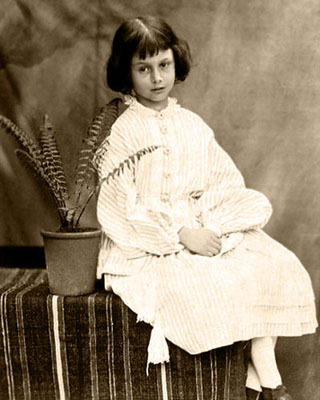
Gary, me diga como você se tornou um compositor?
Antes de viajar ao redor do mundo como cantor, Eu enrolava com compondo algumas coisas. Com minhas viagens, Eu fiz lembranças para mim, pegar um interesse em um poeta ou um poema e traduzi-las em música, ou, por vezes, compondo uma obra instrumental. Em paralelo com uma carreira como cantora, I returned to UCLA and took graduate and post-graduate course in composition and theory, earning a PhD, rather unusual for an opera singer, much less a tenor! At the end of my career as singer, I’d amassed a portfolio of work and thought to share it freely with others. This ranges now from over a thousand art songs in a number of languages, organ and piano works, chamber music and more. Retired now, I find this time in life most luxurious in terms of having time to invent and then invent some more.
What or who were your earliest influences?
My earliest positive influences were teachers Dorothy Fries and Florence Jolley, composer and orchestrator Eugene Zador, as well as the many composers whose works I’d sung since a child. Some early negative influences steered me away from the modern avant garde of which there is enough and more than enough. The earliest influences as regards music come from choral work as well as organ works I heard when young.
Tell me about your Alice opera – what inspired you to write the opera? E porque Alice?
I have repeatedly re-read a number of so-called children’s books as an adult. There is much in the fancy-filled literature for adults, and Carroll’s work is atop that list. Dodgson himself wrote that he imagined his work as musical theater — an “operetta”. A number of versions take some portion of the text, or truncate too much or, na minha opinião, lose focus on the whole. Dodgson saw a complete “operetta.” I hope we have complied, for in fact most of the libretto is Carroll, plain and simple. It is of course edited for time, but with the utmost respect for his art.
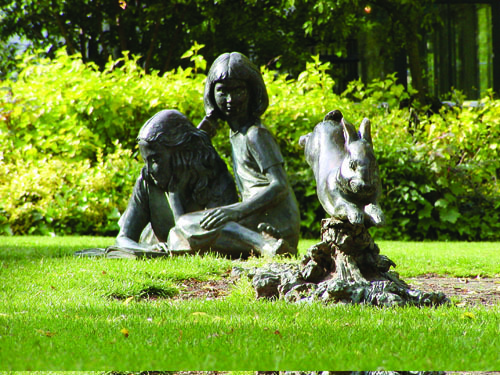
How would you describe the musical influences in Alice? What kind of audience do you think will appreciate it most and why?
The British tradition from Purcell forward into today was familiar to me, and the notion to employ as many styles and forms from this musical history appealed. Additionally there is in our Alice much melody and good humor, in both the Wonderland and Looking-Glass portions of the work. Como cantor ao longo da minha vida, Eu escrevo para vozes, being in love with the magical things they can do and portray. The parts are gracious for singers with that in mind. I think audiences will appreciate the tunefulness of the score.
How difficult is it for conservatories or opera houses to produce this opera? What’s involved from sheet to stage?
We are in an age of economic austerity, as in Europe many theaters’ subsidies from government are under pressure while in the States, the costs of producing new works can be daunting. Adicionalmente, courtesy of the trend towards the avant garde and experimentation in music theater, many works have been unsuccessfully produced, not found a consistent audience and such productions, scrapped after a premiere run, have sapped financial underwriting for more and newer. It was our thought to make a work that would not be too expensive in terms of staging. What is involved from the notes to a performance is much, from casts and orchestra costs to set design and construction, and details of which many are unaware. I hoped to compose a work popular enough for repeat performances and audiences wishing to return again to it over time. This is of course the case with the central repertoire of the opera world today. This is why I have revised it for a small chamber orchestra: 2 oboes, 2 horns, a single percussionist, harp, piano and strings, with some exposed writing for the solo violin. One might perform the work with such a small ensemble or use multiples for the strings in a more lavish production setting. I also could imagine costumed singers with backdrops being nothing more than projections from perhaps the Tenniel illustrations, or others as one might choose. The text and characters remain the central focus, do meu ponto de vista.
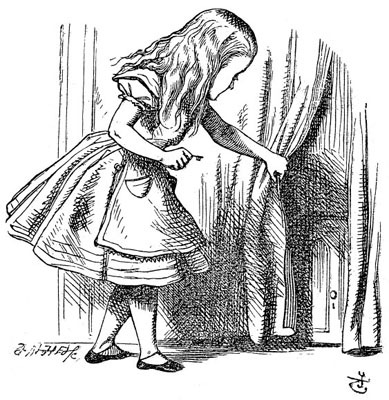
What are some of your favorite arias in the work?
Não me atrevo a dizer. O trabalho está cheio de melodia e boa diversão. Um papel saia para a Rainha de Copas, cantada por um barítono ou baixo barítono. Tweedledee e Tweedledum como duelo tenores com um dueto para eles, verses rising by half step across the span of an octave. Alice’s Jabberwocky, seus gestos e texturas em parte recordando o acompanhamento de filmes mudos, como um dos meus amigos de muitos anos foi um dos últimos da raça desse artista. Some of Carroll’s text, for Carroll plays his own part in the opera, are taken from his letters, and of course as much of the poetry as possible had to be set to music, didn’t it?
Gary, porque são criadores ainda fascinado com a história Alice de Carroll quase 150 anos depois que foi publicado pela primeira vez?
Há algo nele para adultos como para crianças, com fantástica, personagens fantasiosos, rima inteligente e paródias, comentário mergulhada na vida e na sociedade, tudo ligado com enorme entusiasmo de uma criança para a vida. Isso por si só explica as muitas ilustradores que nos mostraram o que Carroll colocar em palavras. Isso explica a bolsa como cavar em seus mistérios criativas é um assunto ainda interminável, de inquérito e especulação, e sociedades dedicada ao avanço da obra para as gerações futuras. Ilustrações mudou-se de imagens estáticas para imagens em movimento e animação, até mesmo para paródias, paródias e rip-offs. Não há uma resposta única, pois há muitas respostas e os restos de resposta “por que é um corvo como uma mesa de trabalho?”
Para mais informações sobre Alice – The New Opera: http://www.bachlund.org/Alice.htm
Para obter mais Artigos Alice
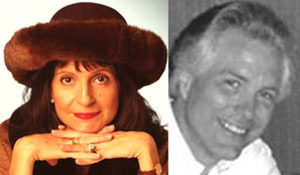
Todas as fotos são cortesia de The Real Alice in Wonderland livro e Gary Bachlund
C. M. Rubin é o autor de duas séries on-line lido pelo qual ela recebeu uma 2011 Upton Sinclair prêmio, “A Pesquisa Global para a Educação” e “Como vamos Leia?” Ela também é autora de três livros mais vendidos, Incluindo The Real Alice no País das Maravilhas.
Siga C. M. Rubin no Twitter: www.twitter.com/@cmrubinworld

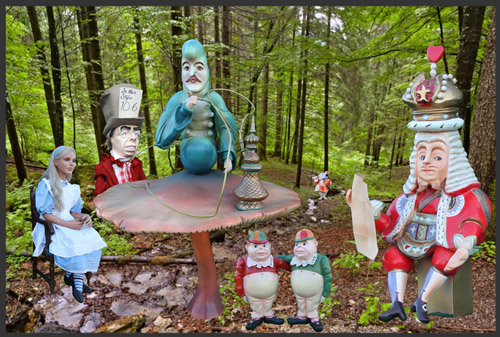
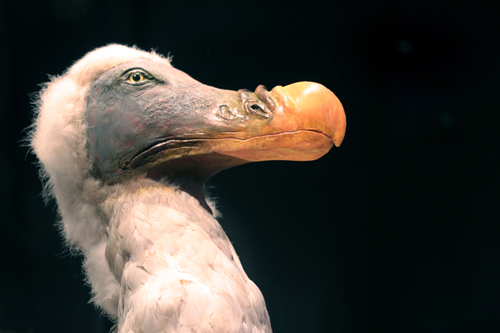
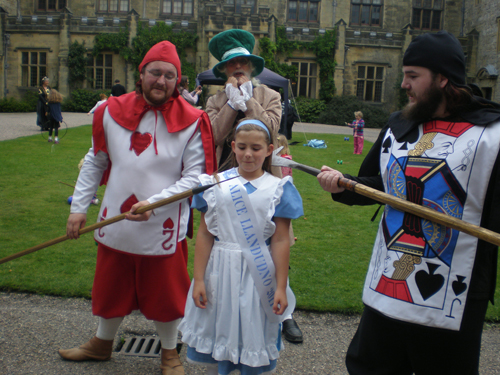
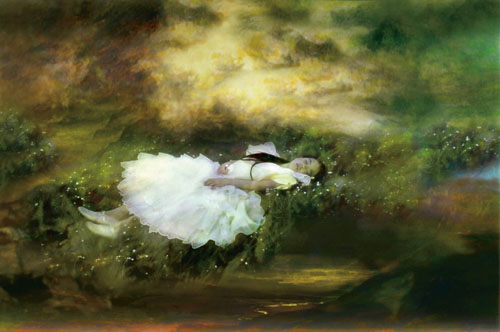
Comentários Recentes